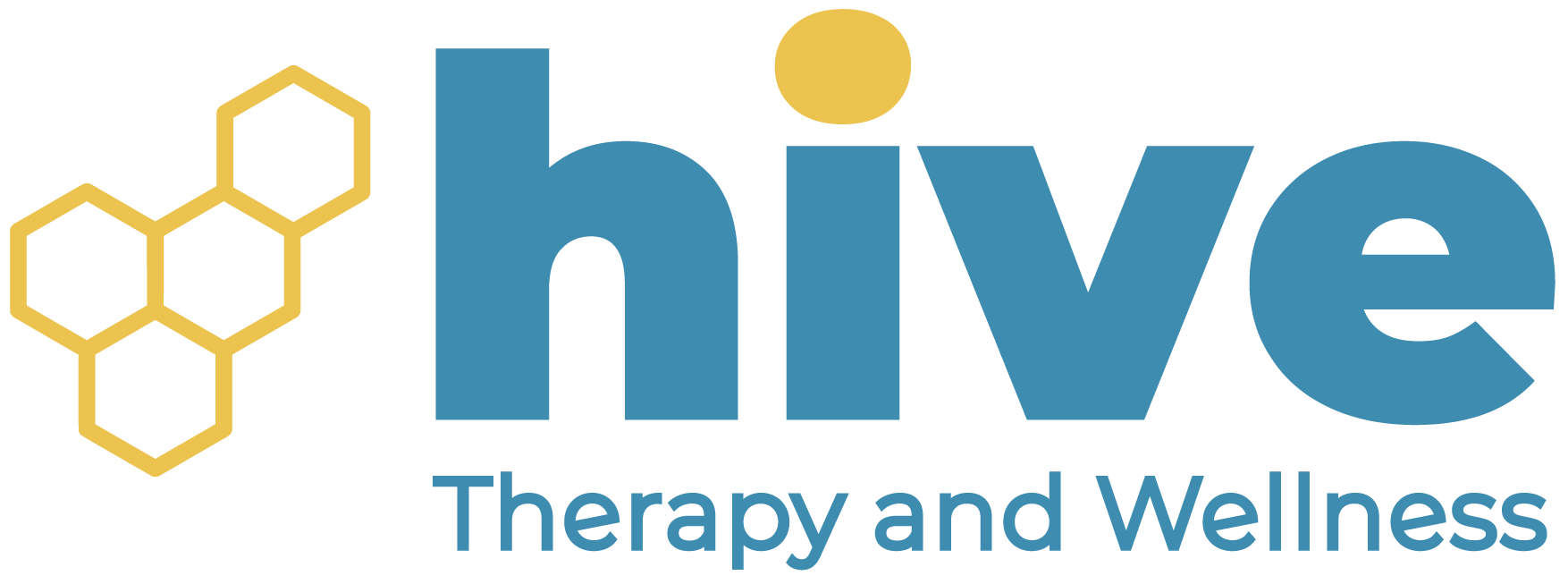Neck Pain
Move Better. Live Fuller. Your Wellness Journey Starts Here.
Schedule a FREE Discovery Call!
About Neck Pain
Neck pain (also called cervicalgia) is a common problem that many people may have in their lifetime, but each individual’s experience may vary due to cause and severity. Your neck has an incredibly important job of holding up your head, which is heavier than you might think!
The neck has a lot of small joints, nerves, and vasculature that work to support your head and allow for its range of motion. It has to function optimally in terms of both strength and flexibility to provide that range of motion, so you should always consult a professional for any amount of neck pain.
Neck pain can vary in severity, ranging from acute to chronic. Depending on the cause, the duration of pain can vary. It can be sharp and concentrated in one area or affect more than one area by referring pain to the shoulder, mid-back, or jaw.

Many things can create neck pain, even simple things such as posture or sleeping in suboptimal positions. Problems with the neck can create a variety of symptoms, such as:
- Stiffness or soreness in the neck area
- Sharp or dull pain in the neck, shoulders, or upper back
- Headaches/migraines
- Limited range of motion in the neck
- Muscle tightness or spasms
- Numbness or tingling in the arms or hands
- Difficulty turning or moving the head
- Pain that worsens with movement or certain activities
- Difficulty sleeping
What Causes Neck Pain?
There are many things that can cause neck pain. This can include lifestyle habits, injuries, or other conditions. Let’s look more closely at some of these causes:
Lifestyle Factors
- Muscle strain: Involves an injury to a muscle or tendon that can range from being overly stretched to an actual tear.
- Poor posture or ergonomics: Sleeping in an awkward position, hunching or sitting in unhealthy positions at a desk, or prolonged use of electronic devices can cause overuse injuries, boney and soft tissue changes, and pain.
Injuries
- General injury: Trauma from accidents, falls, or sports-related events.
- Whiplash: Sudden jerking motions of the head and neck, often from car accidents.
Other Conditions
- Degenerative conditions: Arthritis, herniated discs, or cervical spondylosis.
- Cervical radiculopathy (pinched nerve): A condition where a nerve is compressed or irritated. This can cause pain that radiates into the arms or hands.
Physical Therapy for Neck Pain
Neck pain can be diagnosed and treated by a physical therapist. They will conduct a thorough evaluation that starts by looking through your medical history. It is important for the provider to identify any previous injuries, related conditions, or other factors that could contribute to or worsen your pain. They will ask you about the onset and duration of your pain. You can expect the following aspects to be included in your evaluation:
- Physical examination: An assessment of the range of motion, strength, flexibility, posture, and alignment of the neck and surrounding areas. Your provider may work to identify areas of tenderness or muscle weakness.
- Functional assessment: Your provider may observe how you perform daily activities that may be contributing to pain, such as turning the head, lifting objects, or sitting for prolonged periods of time.
- Special tests: Orthopedic tests may be utilized to further evaluate the source of your pain, such as the craniocervical flexion test, distraction test, or upper limb tension test.
After performing a comprehensive evaluation, your physical therapist will use their findings to create a personalized treatment plan for your needs. In addition to the physical therapy treatments outlined below, your provider may include corrective ergonomic or postural recommendations and pain management strategies. They will know how to treat your individual case best and address any underlying causes of your pain.
Specific physical therapy techniques that may be part of your treatment can include one or more of the following:
- Dry needling
- Cupping
- Manual therapy
- Spinal manipulation
- Electrical muscle stimulation
- Tissue scraping
- Exercise prescription
- Behavioral modifications
- Therapeutic modalities
- Neuromuscular re-education
- Biofeedback
- Therapeutic activity
Neck pain (also called cervicalgia) is a common problem that many people may have in their lifetime, but each individual’s experience may vary due to cause and severity. Your neck has an incredibly important job of holding up your head, which is heavier than you might think!
The neck has a lot of small joints, nerves, and vasculature that work to support your head and allow for its range of motion. It has to function optimally in terms of both strength and flexibility to provide that range of motion, so you should always consult a professional for any amount of neck pain.
Neck pain can vary in severity, ranging from acute to chronic. Depending on the cause, the duration of pain can vary. It can be sharp and concentrated in one area or affect more than one area by referring pain to the shoulder, mid-back, or jaw.
Many things can create neck pain, even simple things such as posture or sleeping in suboptimal positions. Problems with the neck can create a variety of symptoms, such as:
- Stiffness or soreness in the neck area
- Sharp or dull pain in the neck, shoulders, or upper back
- Headaches/migraines
- Limited range of motion in the neck
- Muscle tightness or spasms
- Numbness or tingling in the arms or hands
- Difficulty turning or moving the head
- Pain that worsens with movement or certain activities
- Difficulty sleeping
There are many things that can cause neck pain. This can include lifestyle habits, injuries, or other conditions. Let’s look more closely at some of these causes:
Lifestyle Factors
- Muscle strain: Involves an injury to a muscle or tendon that can range from being overly stretched to an actual tear.
- Poor posture or ergonomics: Sleeping in an awkward position, hunching or sitting in unhealthy positions at a desk, or prolonged use of electronic devices can cause overuse injuries, boney and soft tissue changes, and pain.
Injuries
- General injury: Trauma from accidents, falls, or sports-related events.
- Whiplash: Sudden jerking motions of the head and neck, often from car accidents.
Other Conditions
- Degenerative conditions: Arthritis, herniated discs, or cervical spondylosis.
- Cervical radiculopathy (pinched nerve): A condition where a nerve is compressed or irritated. This can cause pain that radiates into the arms or hands.
Neck pain can be diagnosed and treated by a physical therapist. They will conduct a thorough evaluation that starts by looking through your medical history.
It is important for the provider to identify any previous injuries, related conditions, or other factors that could contribute to or worsen your pain. They will ask you about the onset and duration of your pain. You can expect the following aspects to be included in your evaluation:
- Physical examination: An assessment of the range of motion, strength, flexibility, posture, and alignment of the neck and surrounding areas. Your provider may work to identify areas of tenderness or muscle weakness.
- Functional assessment: Your provider may observe how you perform daily activities that may be contributing to pain, such as turning the head, lifting objects, or sitting for prolonged periods of time.
- Special tests: Orthopedic tests may be utilized to further evaluate the source of your pain, such as the craniocervical flexion test, distraction test, or upper limb tension test.
After performing a comprehensive evaluation, your physical therapist will use their findings to create a personalized treatment plan for your needs.
In addition to the physical therapy treatments outlined below, your provider may include corrective ergonomic or postural recommendations and pain management strategies. They will know how to treat your individual case best and address any underlying causes of your pain.
Specific physical therapy techniques that may be part of your treatment can include one or more of the following:
- Dry needling
- Cupping
- Manual therapy
- Spinal manipulation
- Electrical muscle stimulation
- Tissue scraping
- Exercise prescription
- Behavioral modifications
- Therapeutic modalities
- Neuromuscular re-education
- Biofeedback
- Therapeutic activity
You can learn more about these treatments on our Treatments Page.





